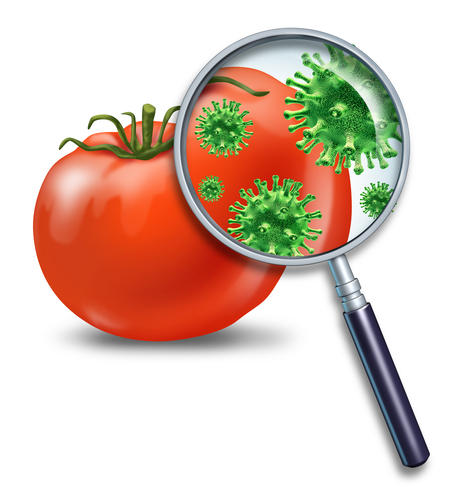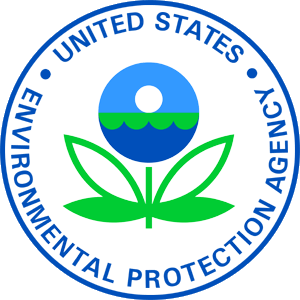Food quality is a very important for our health and well being. According to a article put out by the University of Iowa, FAT TOM is an acronym used in the food in industry to explain what makes food born pathogens grow. It stands for Food Acidity Time Temperature Oxygen Moisture.
Food: The nutrient in certain foods depends on if microorganisms. More protein rich foods are hazardous like meat, eggs, and fish.
Acidity: Bacteria thrives in neutral and slightly acidic environments. Any foods that are 7 and below on the PH scale are more likely to grow bacteria.
Time: Time is very important when dealing with foods. The sooner you eat or cook the food the better it will taste and be. It is very important to put certain foods in the refrigerator as soon as possible because the longer some foods sit out the longer bacteria has time to grow on it.
Temperature: Temperature is very important because microorganisms thrive between the temperatures of 41 degrees - 135 degrees Fahrenheit. Keeping foods in a cool refrigerator will make them last longer.
Oxygen: Most microorganisms need oxygen to grow. Sealing foods and excluding oxygen from the food makes them last longer. Foods like canned soups are shelf stable for a decent ammount of time. After opening and exposure to oxygen, refrigeration is needed.
Moisture: Microorganisms need a lot of moisture to grow. Depending on the food, each item needs a certain amoint of moisture content. Meat, produce, and soft cheese are high in moisture need. Beef jerky and jams have lower moisture need due to salt and sugar content.
According to the FDA, food can be contaminated in three main ways- chemical, physical, and biological.
Chemical contamination: Chemicals getting in the food at the time of packaging and producing. These chemicals can include Acrylamide, Benzene, Dioxins, Furan, Melamine, and Radionuclides. For example, Acrylamide is a chemical that can form in some foods when there are high temperatures such as frying, baking, and cooking.
Physical contamination: According to Food Quality and Safety website, physical contamination is anything that can not be visibly seen and not a part of the food originally. This can be done by employees and pests. Its important that employees handling food make sure that there hair, nails, jewerly, and overall appearence is tidy.
Biological contamination: Things such as bacteria,virus, protozoa, fungus/yeast, and parasites can grow in food. Bacteria in food can include salmonella. Salmonella is one of the most common causes of food poisoning. It is from food not being cooked and handled properly.
The top five causes of foodborne illness are:
1. Improper hot or cold storage of foods.
2. Improper cooking temperatures of foods.
3. Dirty utensils and equipment while handling foods.
4. Poor employee health and hygiene.
5. Food recieved from unsafe sources.
Some common foodborne diseases spread by people are Campylobacteriosis, Escherichia coli, and Giardiasis. These diseases are spread by people through the food.
It is very important we keep our food safe and clean for the wellbeing and overall health of each citizen.











